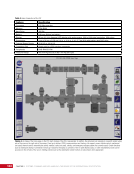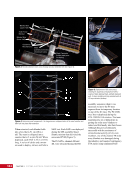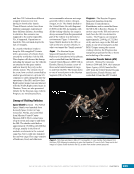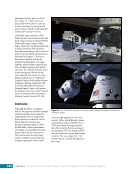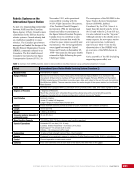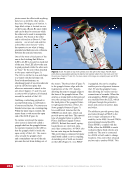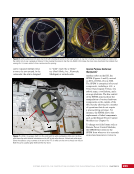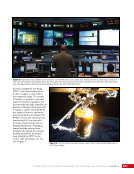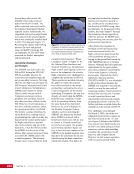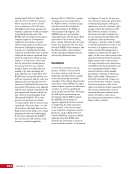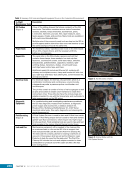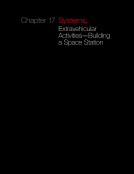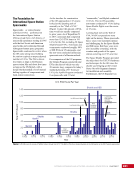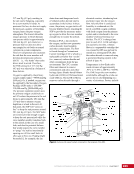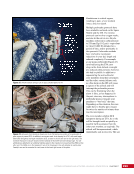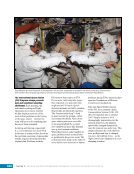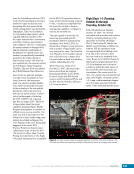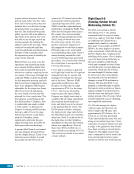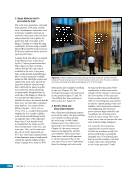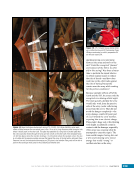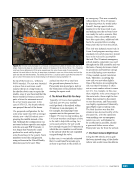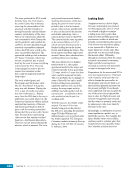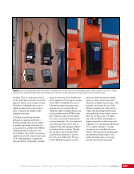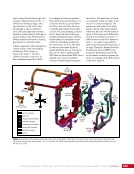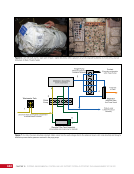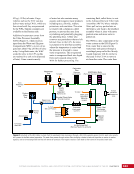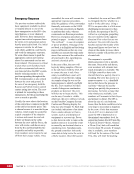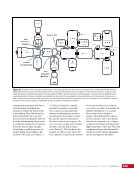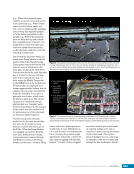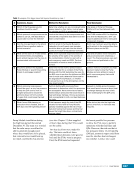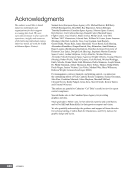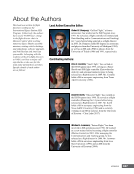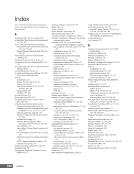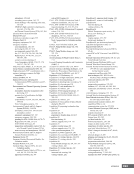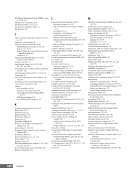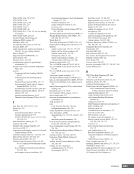CHAPTER 2 DAY IN THE LIFE: LIVING AND WORKING IN SPACE AND ON THE GROUND 22 every opportunity to make sure they understand the crew members’ perspective and how they work together in complex operations and critical scenarios. In the month leading up to the beginning of the increment, the various teams within NASA and at the international partner agencies conduct a series of Flight Readiness Reviews, culminating with a final review led by NASA Associate Administrator for Human Exploration and Operations William Gerstenmaier. At this review, the ISS Program and all supporting teams confirm readiness for the beginning of the new increment, the landing of the Soyuz with the current ISS commander and crew, and the launch of the next Soyuz. Three weeks before the increment begins, the real-time process “kicks in” for mission planning. At this point, the increment team starts to participate in day-to-day planning and integration in Mission Control. About 1 week before launch, most of the planning process is being done for the new increment. By the time the new ISS commander has taken charge on board, the increment lead flight director and his or her team is well and truly installed in Mission Control. Synchronizing All Watches “Morning,” to the crew, has nothing to do with sunrise. The ISS orbits the Earth once every 90 minutes, thus the crew sees the sun rise and set every hour and a half—that’s 15 or 16 times each day. Instead, a common time zone needed to be selected so that the crew—and all of the teams on Earth—are on the same clock. The ISS Program picked Greenwich Mean Time (GMT), also known as Coordinated Universal Time (UTC) or “Zulu” time. The crew gets up at about 0600 GMT, starts work around 0800, ends the workday at about 1700 GMT, and goes to bed at 2130 GMT. This means the crew’s workday most closely lines up with the Columbus Control Center workday in Munich, with Moscow just a couple hours ahead. For the Kibo team in Tsukuba, the crew’s workday begins in late afternoon, while for Houston and Huntsville, crew members wake up in the middle of the ground controller’s night. Although flight control teams are on console in all those locations, 24 hours every day, the teams tend to plan complex or intensive activities to line up, as much as possible, with local working hours. This applies especially when it comes to major systems maintenance or assembly of new equipment—i.e., activities that might need extra support from specialist engineering or support teams. Thus, major Kibo, Columbus, and Russian Segment systems work tends to be scheduled in the crew morning, while NASA tends to schedule major work on its systems, or in its modules, later in the crew day. Science activities and related support work are scheduled throughout the day for investigative teams around the world. A Day in Space—and on the Ground At about 7:30 a.m. (0730 Greenwich Mean Time [GMT]), flight control teams in Houston, Huntsville, Munich, Tsukuba, and Moscow wait for the ISS commander to make the call that marks the official start of the workday for the crew on board the ISS: “Houston, Station—good morning! We are ready for the morning DPC.” Each morning’s Daily Planning Conference (DPC) gives the flight control teams a chance to ask questions and provide any late- breaking news or updates to the plan for the day. Houston starts things off with general items and anything related to core US Segment systems. If needed, the other four United States On-orbit Segment (USOS) centers take their turns: Huntsville for the NASA experiments and related systems Munich for the Columbus module and European Space Agency experiments and Tsukuba for the Kibo module and Japan Aerospace Exploration Agency experiments. All of these conversations are in English. Once the USOS operations have been covered, it is Moscow’s turn to address anything related to Russian Segment systems and experiment operations. This part of the conference is in Russian. The whole morning DPC may take anywhere from 2 to 15 minutes, depending on the complexity of that day’s plan. By the time this conference takes place, the crew members have been awake for about 1.5 hours. That early morning time is set aside for their normal waking-up routines, creatively labeled “post sleep” on the crew’s timeline. They also look at the ISS version of the morning news: a message sent up every workday and once per weekend called the Daily Summary, which is used to ask/answer questions and provide key pieces of data that might be too detailed or too repetitive to
Purchased by unknown, nofirst nolast From: Scampersandbox (scampersandbox.tizrapublisher.com)








































































































































